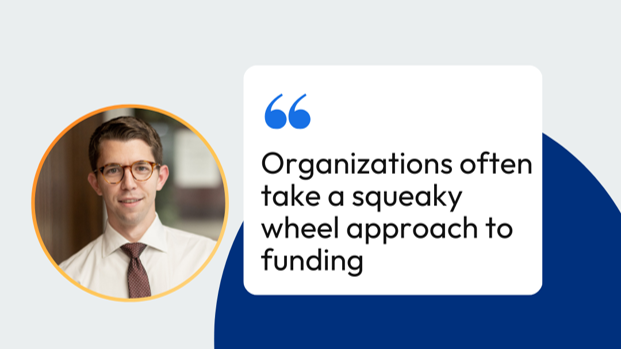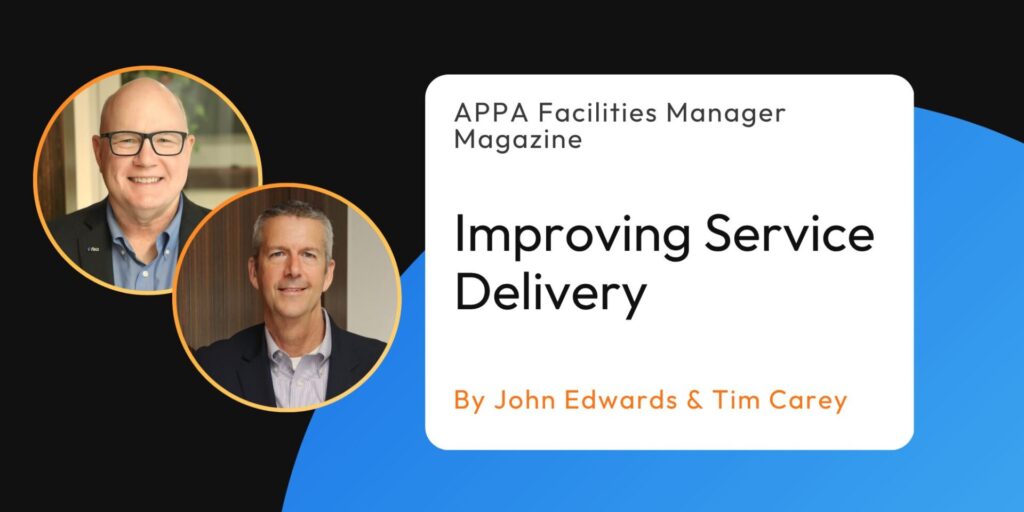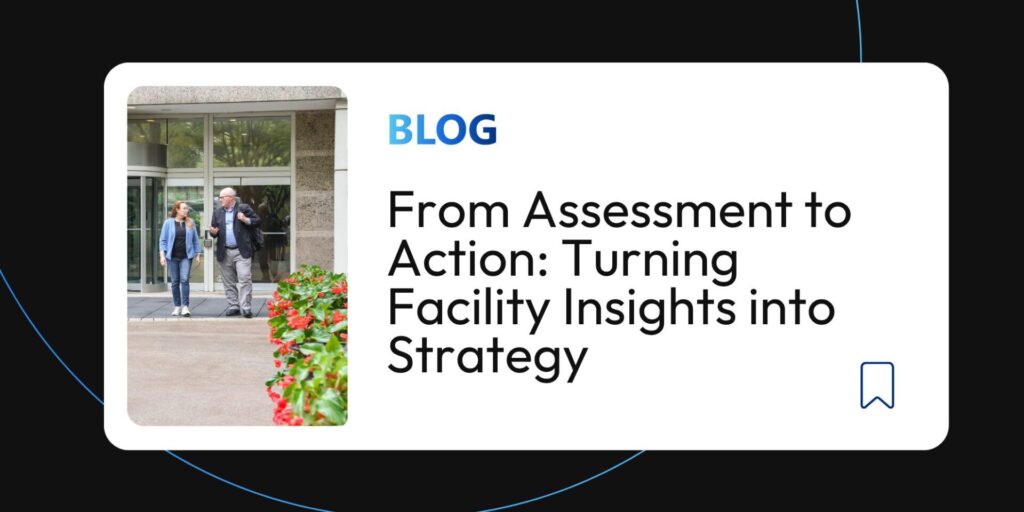Ryan Small writes about effective capital project management strategies in this article for Facilitiesnet, “A Guide to Effective Capital Project Management.”
This article offers a guide to capital programing for facilities managers. It outlines a step-by-step approach to identifying potential capital projects, securing funding for them, and managing them to successful completion.
The first step involves identifying facility needs through a comprehensive assessment. This assessment should include not just the condition of the facilities but also areas for improvement in efficiency, safety, and productivity. Stakeholder engagement is crucial in this process.
Once a list of potential projects is compiled, they need to be evaluated and prioritized based on their alignment with organizational goals, financial impact, and urgency. A financial analysis, which considers factors like return on investment and total cost of ownership, should be part of this evaluation.
The next step is to build a compelling case for funding these projects. This case should outline the project’s objectives, its alignment with organizational goals, and the tangible benefits it will bring. Visuals and charts can be used to effectively communicate this narrative.
Once funding is secured, meticulous project management is required. This involves adhering to budget, timeline, and quality standards. Regular monitoring and clear communication are essential for successful project execution.
Finally, the article emphasizes the importance of updating the capital program data set as projects are completed. This data is then used to inform future planning cycles. By following this approach, facilities managers can ensure that capital projects contribute to the organization’s bottom line and pave the way for future growth and success.




